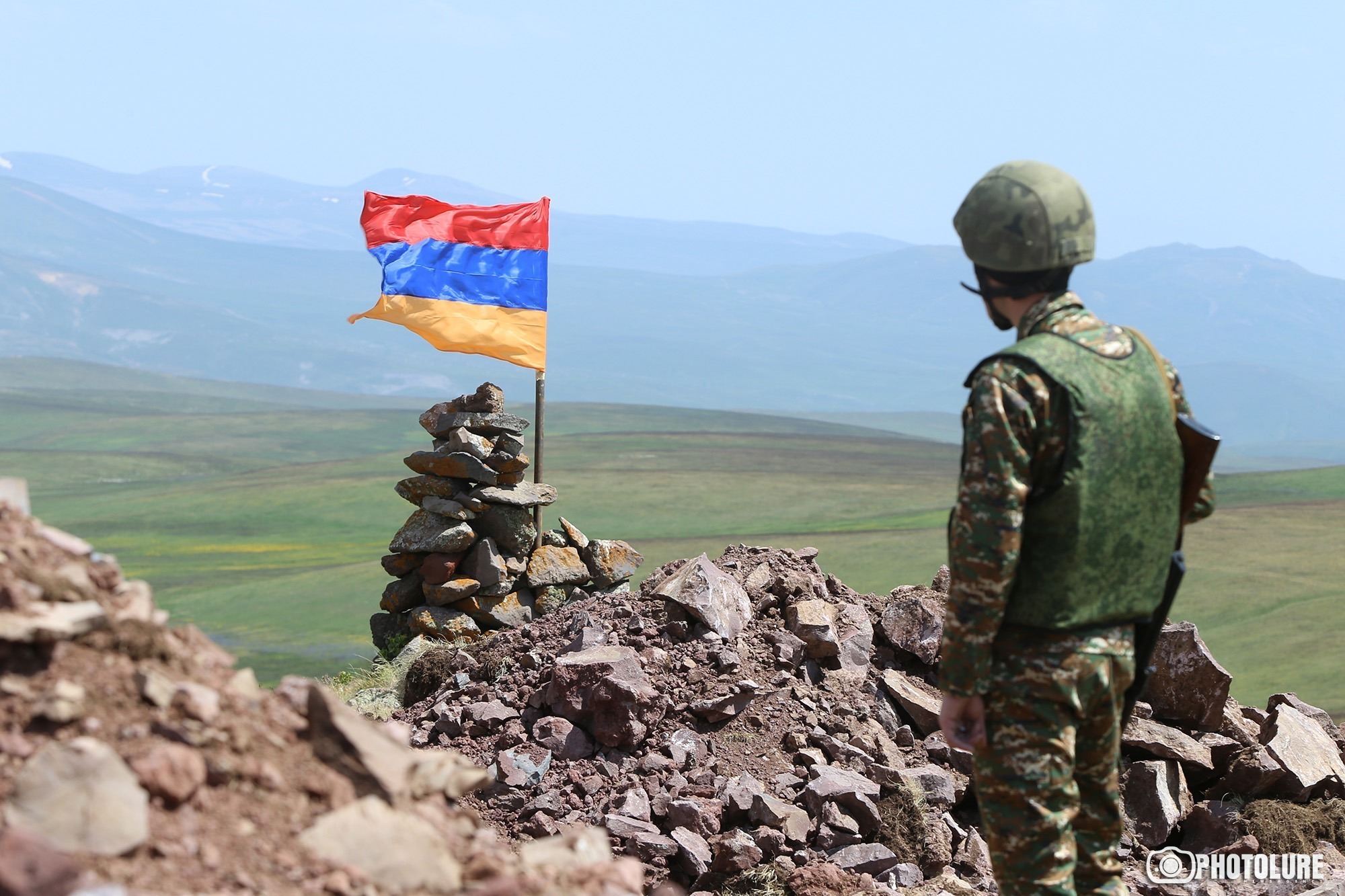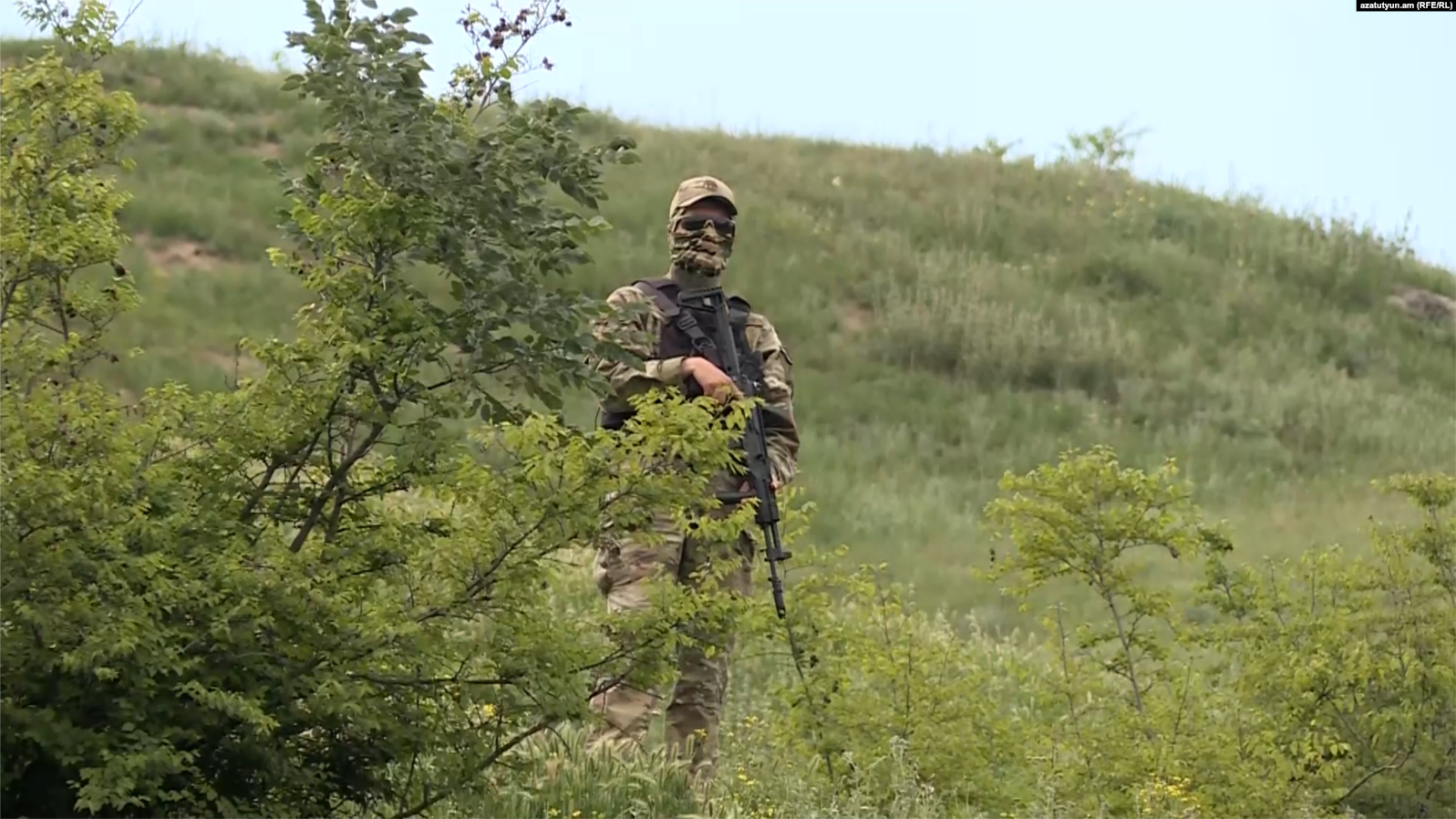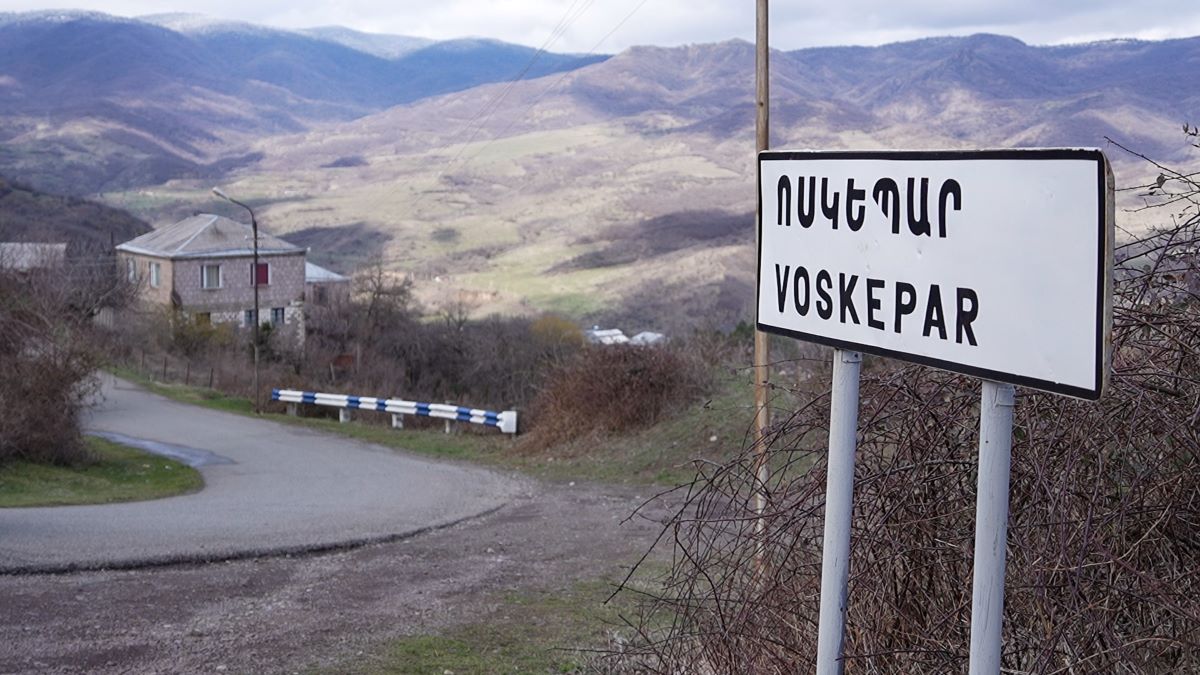"Adventurous policy": Armenian political scientist on the delimitation of the border with Azerbaijan
Armenia-Azerbaijan border delimitation commissions
On the morning of August 30, Yerevan and Baku simultaneously announced that the commissions on the delimitation of the Armenia–Azerbaijan border had completed work on agreeing on the regulation of their joint activities. This happened with a two-month delay. According to the preliminary agreement, the signing of the document was initially planned for before July 1.
The Armenian prime minister’s office clarified that “the negotiations actually required slightly more time to finalize and sign the draft.”
The ongoing delimitation process reveals “Azerbaijan’s insincere attitude towards Armenia,” according to political scientist Gurgen Simonyan. He pointed out that the delimitation on the section bordering four villages in Armenia’s Tavush region took place before the regulation was approved.
“The process started from the end, which is an adventurous policy. Actions are taken first, and only then are concepts and regulations developed at the commission level. Meanwhile, the text of the peace treaty has not been agreed upon, and Azerbaijan has not renounced the path of war. Baku is undoubtedly looking for a convenient pretext to attack Armenia,” he told JAMnews.
- “Baku promised Moscow to delay signing the agreement with Armenia” – Opinion from Yerevan
- Yerevan and Baku to exclude one contentious issue from the peace agreement. What’s next?
- Yerevan and Baku “must close the page of hostility” – Statement by Armenian foreign minister
Regulations must be ratified by the parliaments of both countries
“On August 30, 2024, the regulation on the joint activities of the commissions was duly signed. Currently, the Republic of Armenia and the Republic of Azerbaijan have begun internal procedures,” the Armenian Ministry of Foreign Affairs initially reported.
Subsequently, the prime minister’s office provided additional details. Specifically, they stated that the regulation was agreed upon “through the exchange of original documents via diplomatic channels.”
According to information from the prime minister’s office, the document will first be sent to the Constitutional Court of Armenia to determine its compliance with the country’s main law. Only after this can it be ratified by the parliament.
The regulation will be published next Monday. The delay in publication is due to the “need for maximum synchronization of processes in both countries,” the statement said.
However, the statement does not provide information on which section of the border the delimitation process will continue. It only asserts that the process will still be based on the Alma-Ata Declaration of 1991.
The delimitation process, according to the Alma-Ata Declaration, implies that both countries will retain the administrative borders as they were at the time of the collapse of the USSR.
Commentary
Political analyst Gurgen Simonyan does not speculate on why the regulation wasn’t signed in July as planned:
“We need to clearly understand the reason. From the available information, it appears that in July, the parties exchanged several versions of the regulation—working drafts. However, the need arose to continue negotiations.”
According to the analyst, the Constitutional Court should carefully consider all nuances before making a decision on the regulation. The court must ensure that the state border of Armenia, as outlined in this document, does not contradict the country’s constitution.
Simonyan also does not rule out that Baku might delay the ratification process:
“There could be several reasons for this. Either to postpone the delimitation process until military aggression could potentially destroy Armenian statehood once and for all, or to create conditions that prevent Armenia from developing, regaining strength, and defending its rights.”
The political analyst believes that without a peace agreement, ratifying such regulations is essentially meaningless:
“Even if the regulations are approved and both sides begin implementing working procedures, without established peace and real grounds for peace between the two countries, these documents will be meaningless after the first shot is fired.”
Simonyan concludes that Armenia must first strengthen the resilience and combat readiness of its armed forces before signing a mutually beneficial, balanced peace treaty.
According to him, it is unclear where the delimitation process will continue. It could be in Gegharkunik, Syunik, or towards Nakhchivan.
“Baku will accept the Alma-Ata Declaration as a principle only in areas that are convenient for them. However, they will refuse to recognize it in cases like the enclaves. The situation at the time of the Alma-Ata Declaration was different, but they will still demand that we give up the enclaves.
The Alma-Ata Declaration is a document that reflects the situation at that time. According to the realities of 1991, these enclaves did not exist. On the other hand, the issue of enclaves is becoming relevant now because the delimitation is being conducted based on Soviet maps from 1975-76.”
The expert points out that the Azerbaijani enclaves are located on Armenia’s interstate roads. This means Armenia would lose these roads if it gives up the enclaves. The Armenian exclave of Artsvashen does not hold equivalent strategic value:
“Even if Artsvashen were to be expanded tenfold and given to Armenia, it would not have the same strategic significance as the enclaves that Azerbaijan received during Soviet times.”
Simonyan asserts that until now, Armenia has agreed to disadvantageous terms. There is no guarantee that “the same won’t happen with the enclaves/exclaves.”
In April of this year, the Armenian and Azerbaijani border delimitation commissions agreed to continue the delimitation process for all remaining sections of the border, including the issue of enclaves and exclaves. However, Armenian authorities have stated that “first, their existence must be legally justified.”
The Armenian government hopes that as a result of the delimitation, Azerbaijani forces will withdraw from the sovereign territory of Armenia, which they advanced into in May 2021 and September 2022. Gurgen Simonyan does not share this optimism:
“There are no facts suggesting that Baku is inclined to voluntarily withdraw from the positions it has taken by force.”
Armenia-Azerbaijan border delimitation commissions





















